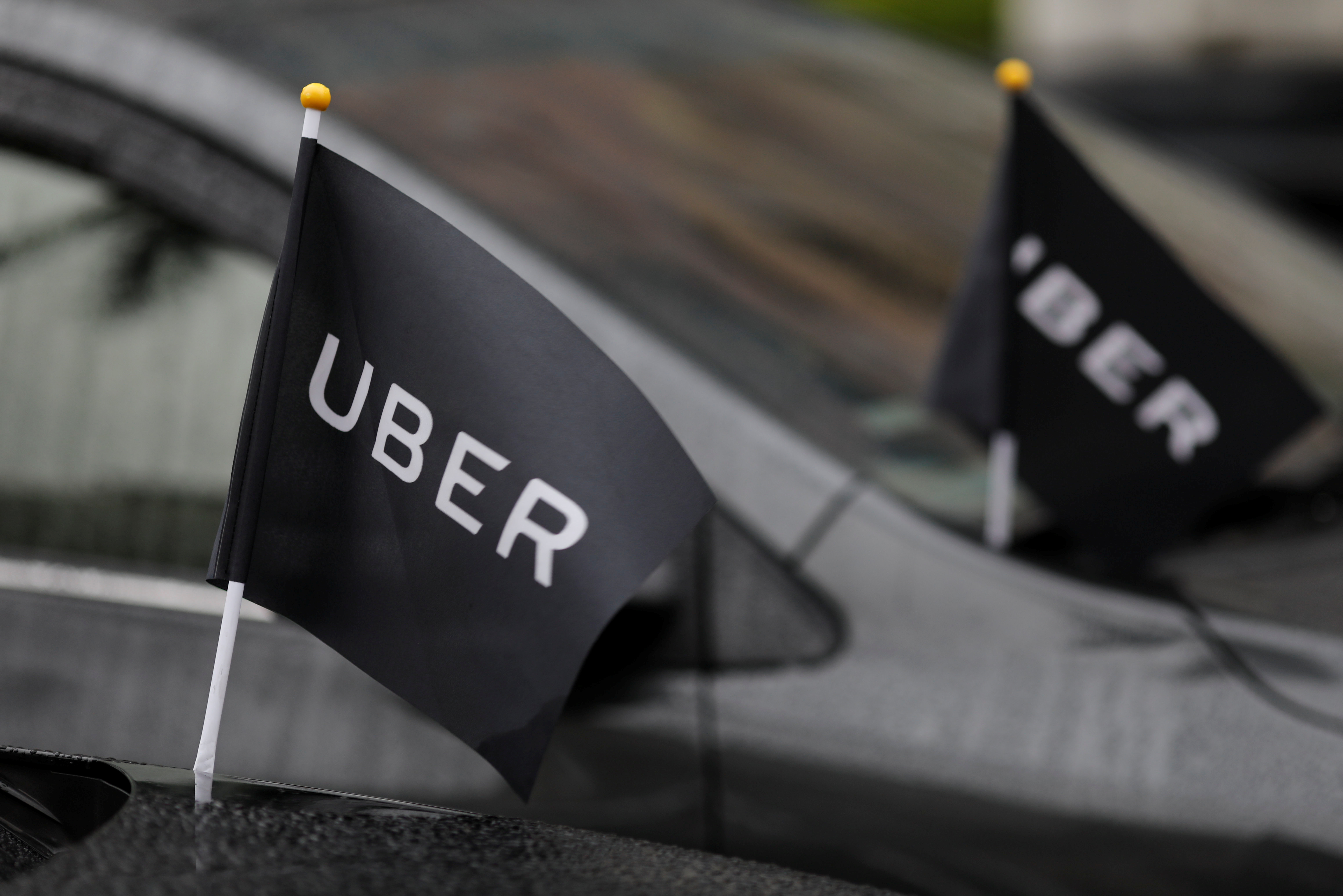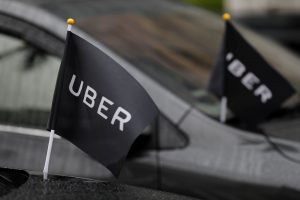
Award for innovation: Uber

The ride-hailing company’s treasury team had to build a new payments system to keep up with rapid growth.
If there’s one thing that sums up ride-hailing company Uber Technologies Inc., it’s growth. Since 2011, the company has expanded rapidly internationally, reaching a peak of over 80 countries with over four million disbursement transactions per week.

Uber’s volumes are massive. “In 2018 alone we’ll process over $43 billion in rider payments, over 5.5 billion transactions,” says Matt Wegner, the group’s head of global payments partnership. “Most of those are on credit card, which means our payment processing fees are one of Uber’s largest expense lines”.
Yet growth can bring pains. “Rapid expansion left us with too many sub-optimal cross-border payment solutions that were more expensive than local payment options and that took too long to settle”, according to Wegner’s colleague David Tao, Uber’s senior manager for payments. “In one country, Uber’s wire volume utilized over 50% of the country’s entire capacity, requiring Uber to work closely with its banking partners to find solutions, lest the payments are stopped entirely”.

This was a significant threat to Uber because the recipients of these payments were mostly drivers, who are the lifeblood of the company. “Before I joined the group a few processes were in place that evolved,” says Wegner. “One of these was each Tuesday we would batch up the money owed to our drivers in 65 countries – over 80 at one point – and send it through the low-value clearance system, or sometimes via cross-border wires.
“Drivers would get their funds either the next day or a few days later, depending on how efficient the clearing system was,” adds Wegner
With the aim of paying drivers faster, Uber launched a scheme called Flexpay in some countries, which enabled drivers to tap a ‘pay-me-now’ app on their phone, although this could still involve several days’ wait, depending on the efficiency of the clearing system.
“That eventually evolved into something we call Instant Pay, although currently this is available only in the US,” says Wegner. “Up to five times per day, seven days a week, a driver can elect to get paid. Within a millisecond, whatever funds they’ve earned to that point automatically get transferred to a debit card account, so that they can swipe their card at a gas station or get the money out of an ATM immediately.
“It’s a real game-changer for many drivers. Uber’s not just disrupting the transportation space but some of the predatory lending practices seen in the US. They no longer have to rely on that if they need cash.”

Colleague Tao says that the group had to review its payments systems and develop a whole new infrastructure. “When you’re doing this many payments– over four million a week – you can’t just log in to a bank portal to individually type each one.”
“You have to find a way to follow this whole flow, one where we collect the beneficiary details, store them – making sure to comply with privacy rules – combine them with what we owe to our drivers and send it to the bank as some sort of payment instruction.”
Meeting these challenges has been the making of Uber’s treasury department, which has taken on much of the work for which it previously relied on the group’s engineering and product divisions and developing expertise in everything from XML files to user acceptance testing (UAT) when working with banks.
“We worked very closely with engineering and product, who didn’t want to block or stop any of the things we were doing,” says Tao. “They understood why we were doing it.
“We got together and asked how we could have treasury own and manage its own road map, its own prioritisation and its own resources and this is how we came to create and use our own self-service tools.”
Over the fourth quarter of 2017 and the first half of 2018, Uber’s treasury team transitioned over 20 countries to new payment methods and/or banks. Swiftly resolving clearing system concerns, the division delivered annualised savings of $5 million that will grow to $10 million-plus by Q4.
Drivers are paid faster, while lifting fees previously assessed to them have been eliminated. Treasury has also made ‘dual rails’ a reality in Uber’s major markets. Dual rails allows the group to split payment volumes between two different banks in the same country. Treasury is empowered to immediately address quality issues and negotiate pricing well after a contract is signed.
With Uber’s volumes still doubling in many markets and new business expanding globally, this type of flexibility is priceless. Dual rails also opens the door to “dynamic routing” which allows splitting transactions by multiple criteria, for even greater efficiency.
As the company diversifies further into logistics, food delivery and self-driving cars – and the prospect of a $100 billion-plus IPO on the horizon – the work of Wegner and Tao’s team will stand Uber in good stead for the future.